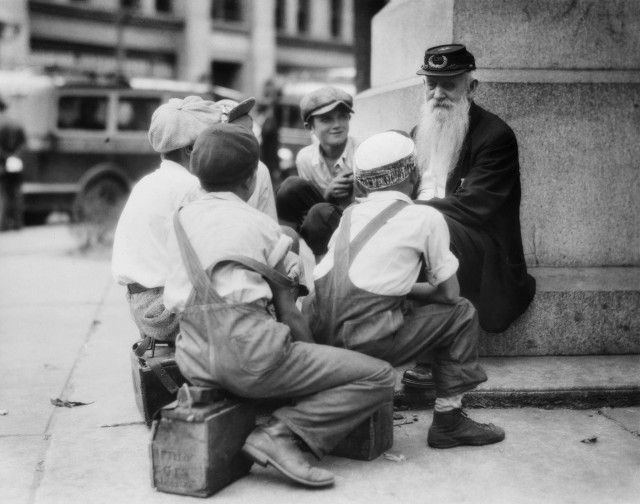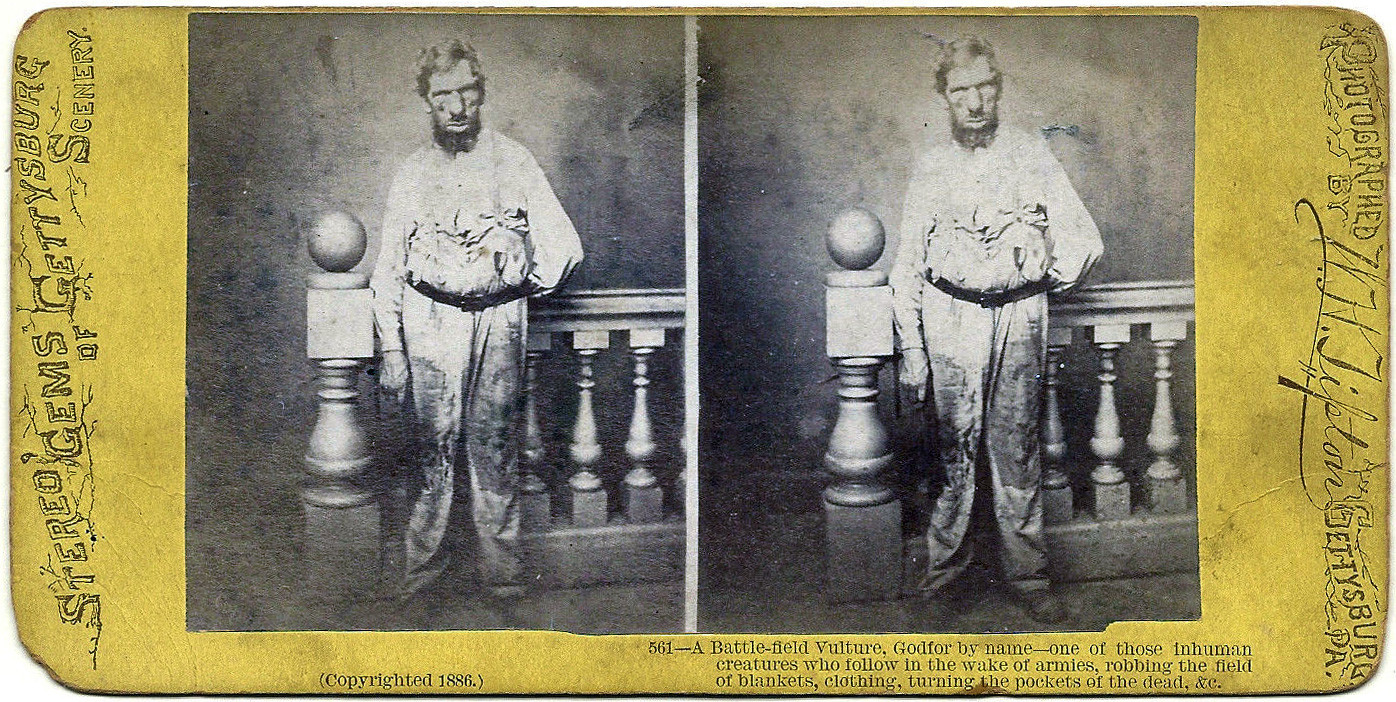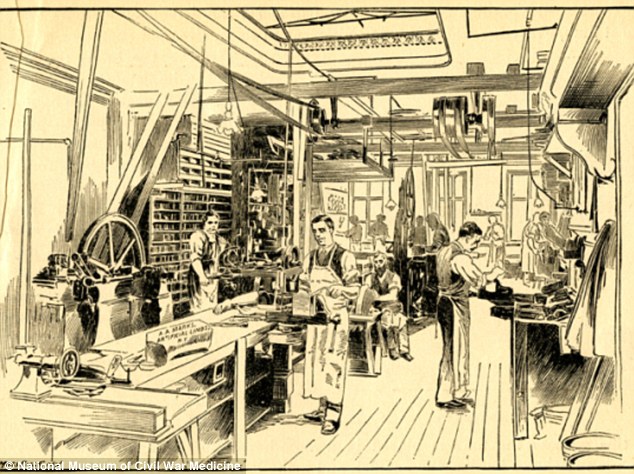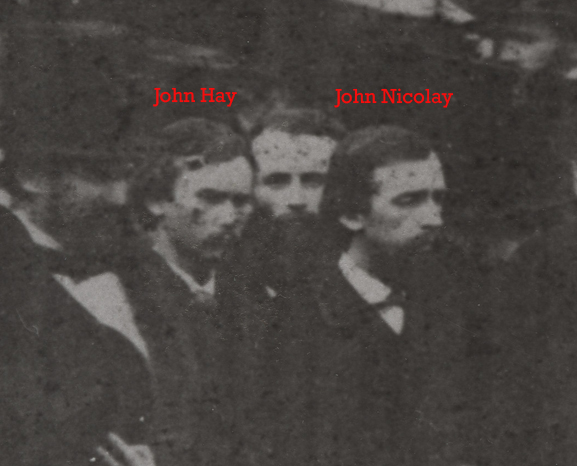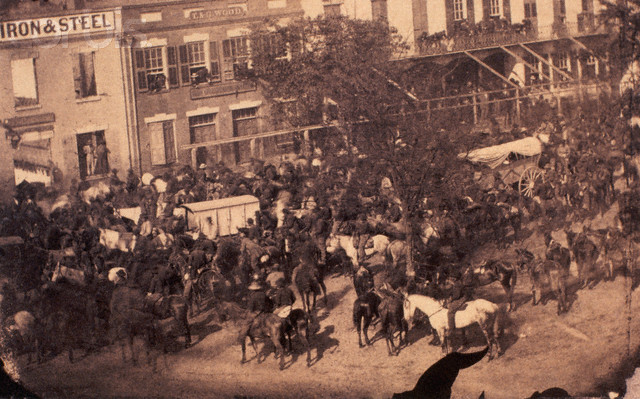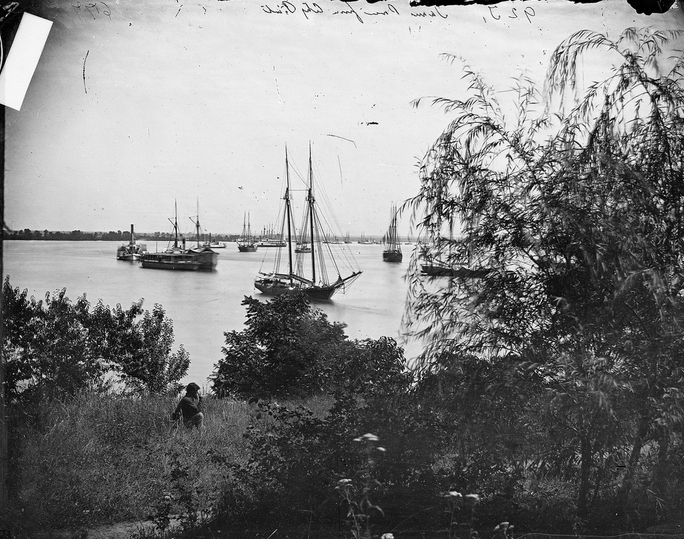The Irish newspapers have had a few Civil War articles lately. This one is almost a tone poem; a meditation on photographs and the power they held for the soldiers who carried them.
When the guns at Gettysburg had stopped booming and the dust had settled, a photograph was plucked from the dirt. It had been trampled, its lovely grey and gilt frame had been crushed and dirtied, but the hand-tinted ambrotype it contained was still visible. It showed a woman with dark hair pulled neatly back from her brow holding a baby on her lap. Both the woman and the baby looked toward the camera. The baby’s arm and the woman’s hand were visible. One can easily imagine the soldier whose precious image of home this was gazing at that arm, at that hand, at that bared, beloved brow.
One can imagine him, as many might be moved to, before the three fateful days of battle, taking the photo out of his pack and peering at it. Maybe he sang as he peered. Sang to the child then spoke to the woman. Maybe his comrades sat close to him so he whispered to her, said things meant for her ears alone. Photos circulated widely in the decades before the war but were still mysterious, still seemed to speak to uncanny presence. Holding the photo aloft, or even just knowing it was in his pack or pocket, the man may have felt as if his wife and child were with him, physically present, that he was almost home. Probably death was on his mind. How could it not have been? A great fight was coming. Knowing that his wife and child were close by, even just as images, must have been a comfort.
via Laird Hunt: some thoughts on a photo found at Gettysburg.

